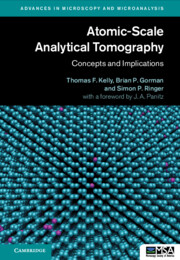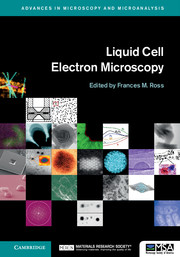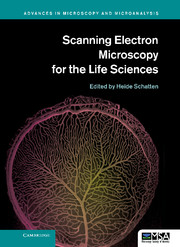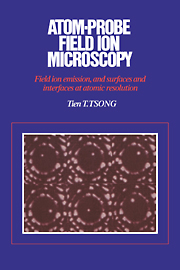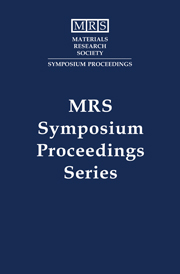Atomic-Scale Analytical Tomography
A comprehensive guide on Atomic-Scale Analytical Tomography (ASAT) that discusses basic concepts and implications of the technique in areas such as material sciences, microscopy, engineering sciences and several interdisciplinary avenues. The title interrogates how to successfully achieve ASAT at the intersection of transmission electron microscopy and atom probe microscopy. This novel concept is capable of identifying individual atoms in large volumes as well as in 3D, with high spatial resolution. Written by leading experts from academia and industry, this book serves as a guide with real-world applications on cutting-edge research problems. An essential reading for researchers, engineers and practitioners interested in nanoscale characterisation, this book introduces the reader to a new direction for atomic-scale microscopy.
- First book that comprehensively describes Atomic-Scale Analytical Tomography (ASAT)
- Provides in depth guidance for experimental considerations and discusses emerging trends in atomic-scale microscopy
- Uncovers the commercial potential of ASAT and its future implications for science and technology
Reviews & endorsements
‘The quest for making better materials is ultimately linked to understanding the role of each individual atom in its place and its chemical environment. Three pioneers in the field guide us through a comprehensive scenario of how this can be achieved by combining the two most advanced atomic-scale characterization techniques: atom probe tomography and transmission electron microscopy.' Joachrim Mayer, RWTH Aachen University
Product details
June 2022Hardback
9781107162501
300 pages
250 × 175 × 18 mm
0.63kg
Available
Table of Contents
- Dedication
- Acknowledgements
- Foreword
- Preface
- 1. The need for ASAT
- 2. History of atomic-scale microscopy
- 3. Development of ASAT as a concept
- 4. Has ASAT been achieved?
- 5. How ASAT might be achieved
- 6. Instrumentation for ASAT
- 7. Practical ASAT
- 8. Real space crystallography
- 9. Experimental metrics for ASAT
- 10. The nexus between ASAT and density functional theory
- 11. Implications, applications, and the future of ASAT
- Glossary of terms
- Index.

